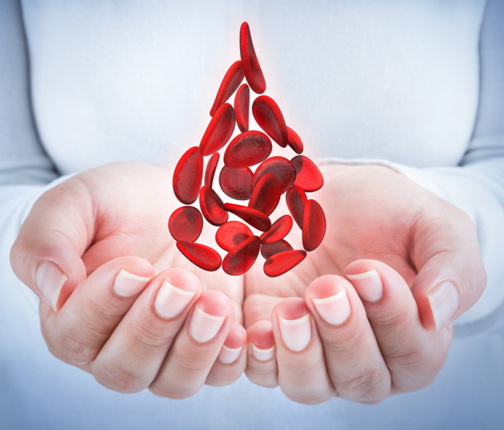
Obstetricians are starting to see a dramatic increase in the number of parents who are storing their child’s umbilical cord blood and tissue. It was the case for Ashton Arbuckle, who was recently born at the City Hospital in Dubai. Within minutes of his birth, the doctor was collecting the umbilical cord blood into a special container.
The container was placed in a unique cord blood kit then picked up by a medical courier who took it to a laboratory to be processed. Once processed, the blood is frozen for 25 years or more, ready to be used for any number of medical procedures.
Umbilical cord blood is treated with such care because the stem cells it contains have powerful and unique regenerative abilities. Many of the stem cells found in umbilical cord blood are pluripotent — meaning they can differentiate into other types of cells. A pluripotent stem cell is capable of turning into a skin cell, a cardiac cell, and an optic cell and so on.
For Ashton’s father Daryl, the decision to preserve the umbilical cord stem cells was partially driven by his own recent health scare — he was diagnosed as having a benign brain tumour. His decision to preserve his child’s umbilical cord blood was so that Ashton could access the most advanced medical procedures in the future. He views umbilical cord blood stem cells as a kind of “insurance policy” for Ashton’s health in the future.
Umbilical cord stem cells have been quickly embraced by the medical profession after first being used in 1988 to cure a boy of Fanconi’s anaemia. Since then, more than 30,000 stem cell transplants have been performed to treat various diseases including leukaemia, lymphoma, anaemia, thalassaemia and various genetic conditions. The research into cord blood stem cells also shows an incredibly amount of potential. These types of stem cells may be used to treat hundreds of medical conditions in the future.

